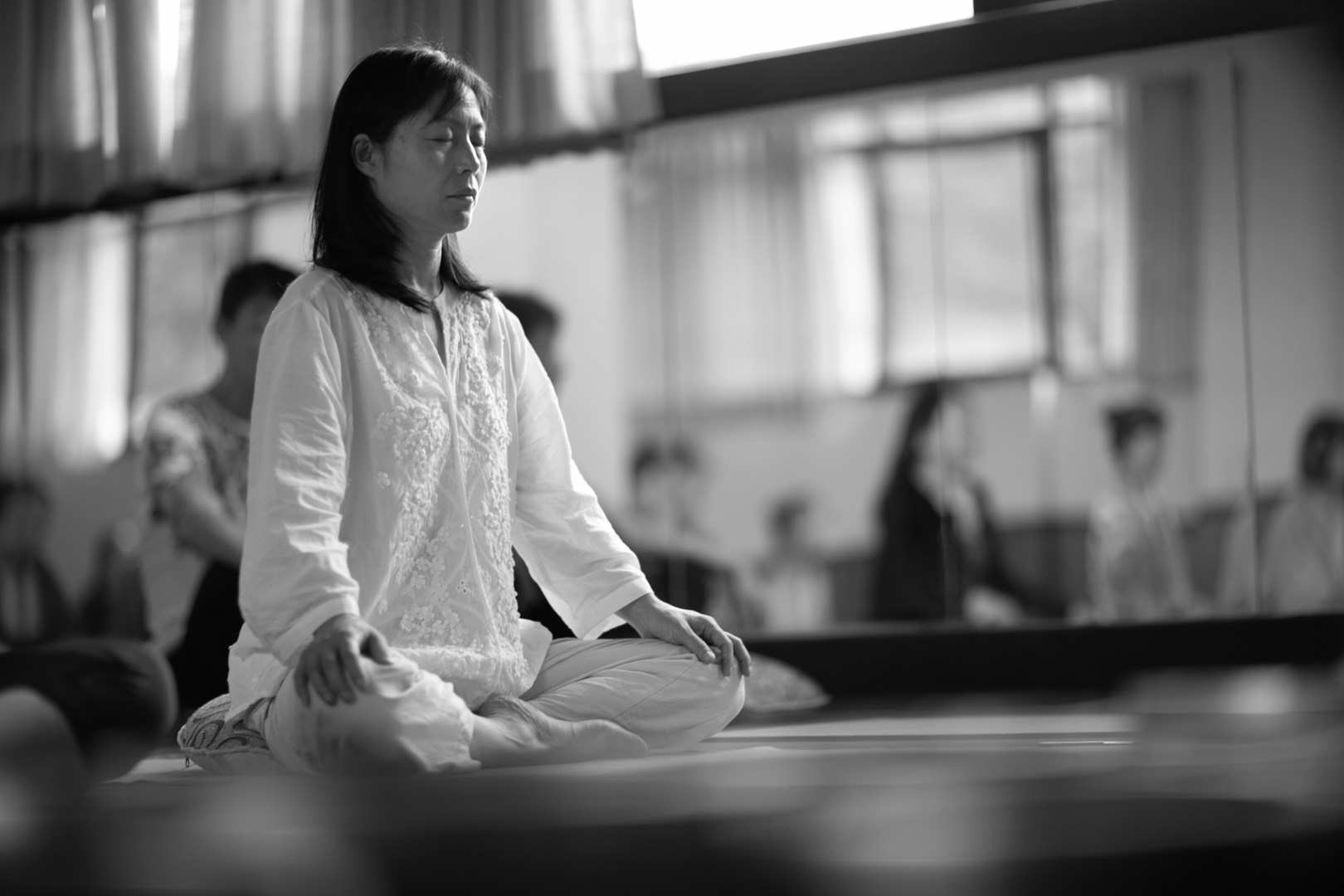
20 Sep 2019 HYN Himalayan Yoga Academy
Introduction: Hypertension
Hypertension, also referred to as high blood pressure, is a condition in which the arteries have continuous elevated blood pressure. Blood pressure is the force of blood exerted against the blood vessel walls. Every time the human heart beats, it pumps blood to the whole body through the arteries. The higher the pressure the harder the heart has to pump.
Hypertension can lead to damaged organs, as well as several illnesses, such as renal failure(kidney failure), heart failure, stroke, or heart attack. High blood pressure during middle age may raise the risk of cognitive decline in the later part of life.
The normal level for blood pressure is below 120/80 mm Hg, where 120 represents the systolic measurement (peak pressure in the arteries) and 80 represents the diastolic measurement (minimum pressure in the arteries). Blood pressure between 120/80 mm Hg and 139/89 mm Hg is called pre-hypertension (to denote increased risk), and a blood pressure of 140/90 mm Hg or above is called Hypertension.
Symptoms
High Blood Pressure (hypertension) usually has no obvious symptoms and many people have it without knowing. Untreated high blood pressure can lead to serious diseases, including stroke and heart diseases.
- Persistent Headache
- Blurred or Double Vision
- Nose Bleeds
- Shortness
Cause
- Age
- Family History
- Obesity
- Excess Salt Intake
- Diet
- Addiction(Alcohol & Cigarette)
- Physical inactivity
- Mental Stress
Yogic Management
The role of Yoga in the management of Hypertension is well documented now. The aim of the treatment should be to lower the blood pressure and prevent form further complications arising out of Hypertension. The practices for the management of Hypertension are as under:
Kriyas: Jalaneti, Sutraneti
Yogasanas: Tadasana, Katichakrasana, Urdhawa Hastottanasana, Pawanmuktasana, Vajrasana Ushtrasana, Gomukhasana, Sashankasana Vakrasana, Bhujangasana

Pranayam: Nadisodhana, Ujjayi, Sitali and Bhramari
Meditation: Om Chanting, Breath Awareness, and Om Meditation
Precautions:
- Head Stand Postures
- Hyperventilation Breathing Practices should be avoided.
Special Note: Concentrate more on pranayama and meditation than the other practices.
